Ever heard someone say “gnam gnam!”, “ding dong!”, or “puff!” in Italian cartoons or stories?
Italian onomatopoeia brings out the rhythm and charm of everyday life, and it’s used especially in children’s books, comic strips, and casual expressions.
It often mimics real-life sounds — bells ringing, people eating, animals calling — all with a musical and lively tone.
Let’s explore how Italian plays with sound and how it compares to other languages like Japanese.
What Are Italian Onomatopoeia Like?
In Italian, onomatopoeia often has a playful, rhythmic sound. You might hear:
- gnam gnam — eating sounds (like “yum yum”)
- ding dong / din don — bell sounds
- tic tac — clock ticking
- drin drin — phone ringing
- bau bau — dog bark
- miao — cat meow
- puff — sudden release of air
Many Italian sound words are used in kids’ media, and are often very similar to those in other Romance languages like French and Spanish.

Types of Onomatopoeia (Italian focus)
Just like in many other languages, Italian onomatopoeia can be grouped into several types:
| Type | Description | Italian Examples | Japanese Comparison |
|---|---|---|---|
| Sound-based | Real-world noises | gnam gnam, tic tac, din don | wan wan, chic tac |
| Motion-based | Physical movement or rhythm | crash, puff, bum | dokan, bon |
| Emotion-based | Feelings, mood, or internal state | (not strongly developed) | doki doki, waku waku |
| Texture-based | Softness, stickiness, vibration | (almost absent) | fuwa fuwa, zara zara |
| Condition-based | Physical or environmental state | (very rare) — possibly uffa (frustration) | dara dara, jime jime |
| Visual-based | Visual effects like sparkle or flicker | (extremely rare) — flash, splash (maybe) | kira kira, yura yura |
Italian focuses mostly on sound-based and motion-based onomatopoeia, often mimicking natural or mechanical sounds.
Unlike Japanese, Italian lacks rich systems of emotion, texture, or visual expressions through sound.
Still, repetition and rhythm often play a stylistic role in Italian expressions — especially in poetry, music, and children’s language.
How Italian and Japanese Onomatopoeia Differ
| Aspect | Italian | Japanese |
|---|---|---|
| Focus | Real sounds (bells, voices, animals) | Sounds + feelings + textures |
| Form | Simple, short | Repeating, rhythmic |
| Emotion range | Minimal | Broad |
| Usage | Kids’ speech, comics | All ages, all media |
Why Italian Sound Words Are Enjoyable
Great for beginners learning the rhythm of the language
Musical and easy to say
Common in stories and cartoons
Animal sounds are expressive and cute

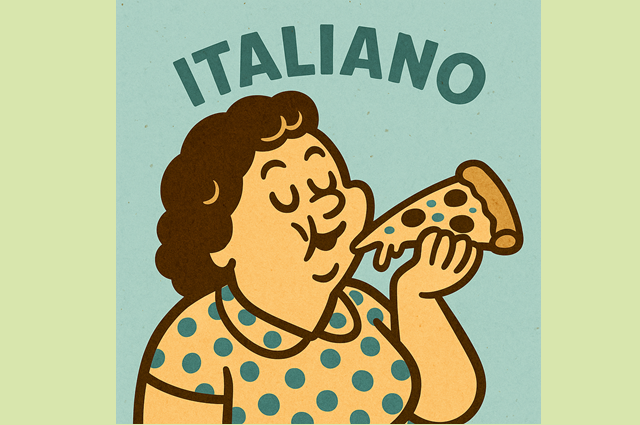
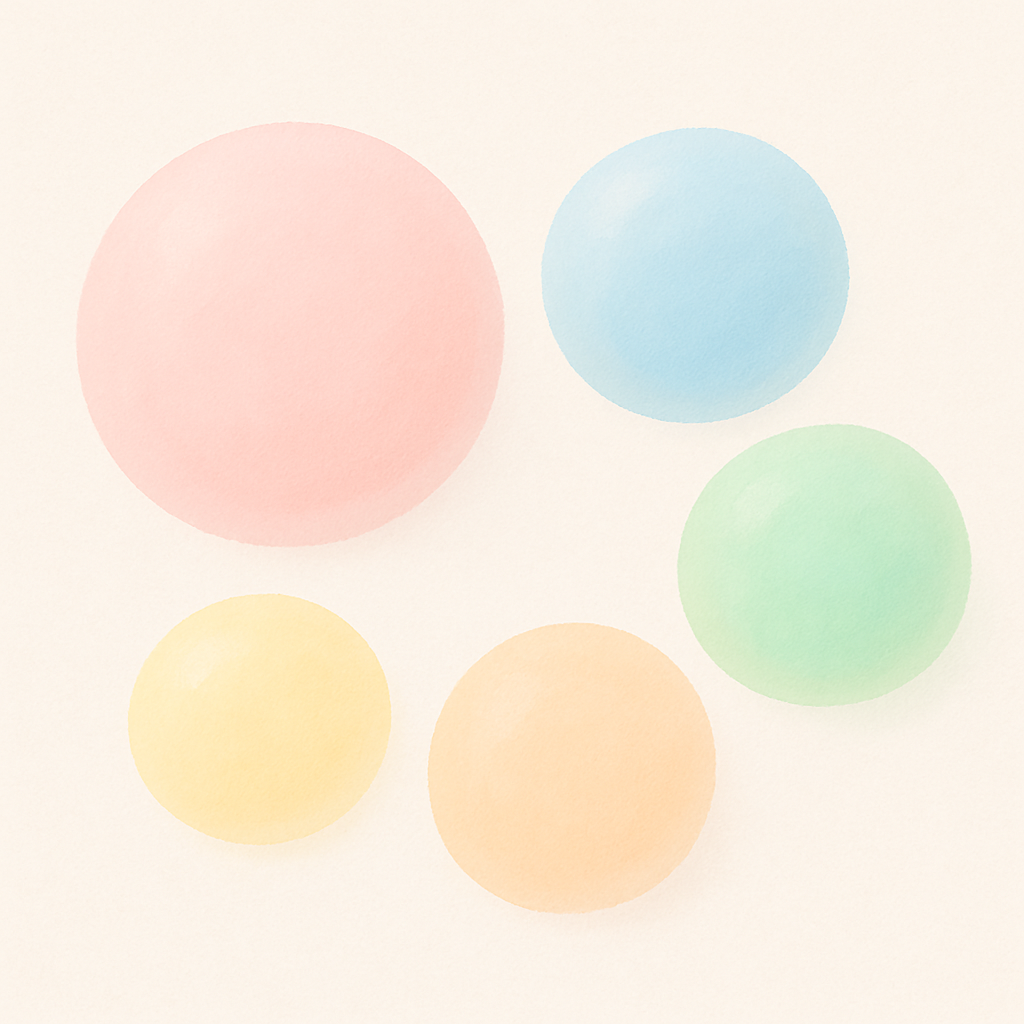


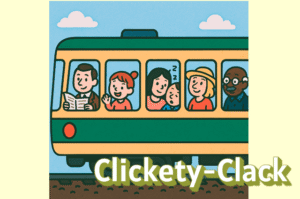
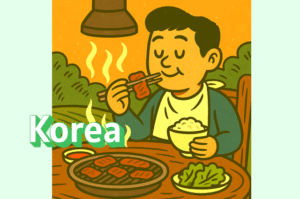


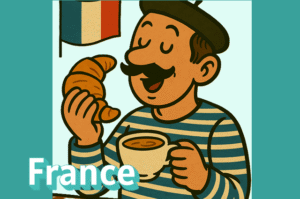
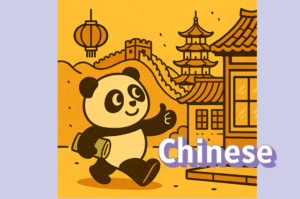
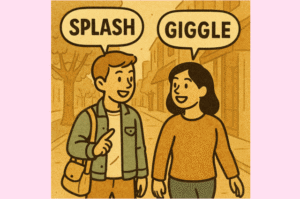
Comments